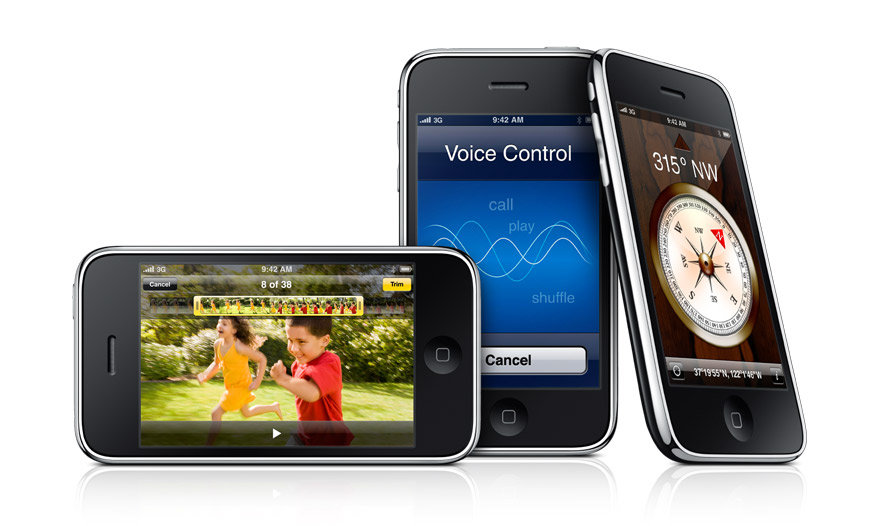 iPhone OS 3.0
iPhone OS 3.0
Earlier this month Apple introduced its latest rev of the iPhone OS 3.0, which improves on the iconic consumer smartphone in several powerful ways:
- Cut, copy and paste – it took a while, but Apple, which invented the cut, copy and paste with the AppleWorks application (I did my MBA with AppleWorks in 1988-1990). AppleWorks as an application sold for the original Apple II family of computers in the mid 1980s showed Microsoft how to build the Office suite properly so that the spreadsheet and word processor can share content.
- Landscape soft-keyboard – previously available only in portrait mode, enabling the accelerometer sensitivity for a landscape keyboard gives users with bigger hands (probably men) a little more room to type.
- MMS support – finally users can send photos, audio and contact details to any other mobile user as easily as an SMS.
- Voice recordings – users can record memos for playback at another time.
- Microsoft ActiveSync support for tighter calendar integrations with Outlook.
- Movies, TV shows and audiobooks which are for sale on the iTunes Store are now available for download to your iPhone too.
iPhone 3G S
Apple also announced the new iPhone 3G S device and with AT&T, reduced prices for the low end devices to $99 (with contract). The new 3G device supports more on-board storage (32 Gbytes), a faster processor, support for video recording, editing and sharing, a compass capability, voice activated controls that recognize the names of your contacts and the tunes in your iPod so all you have to do is ask, and a tethering capability that lets your laptop use the iPhone as a 3G modem for your laptop.
[span class=inset-right]Despite its popularity, the iPhone has few enterprise-oriented features.[/span] Apple is earning greater credibility among enterprise IT departments with two new capabilities: one is an innovative use of cloud services, while the other is an enterprise security must-have. The cloud service innovation is called Find My iPhone. Using the Apple MobileMe service, which provides intermediary synchronization and storage services for iPhones and computers, the Find My iPhone can report from your authenticated account at me.com, where your iPhone is. It can make the iPhone play an alert message or display a message to someone to help them return it to you.
The second service, the security must-have feature, is a remote wipe service. If Find My iPhone doesn’t work you can initiate a remote wipe to return iPhone to the factory settings erasing all the personal data on the device.
The iPhone has been a very consumer-oriented platform and from its inception, it has not been well-accepted by most IT departments. When purchased for business users, the iPhone has typically been reluctantly supported, and usually on a case-by-case basis, not as a major corporate initiative such as the BlackBerry, which has historically been a user-driven platform.
[span class=note]The only major enterprise feature still required is the multi-threading mode where users can establish applications that run in the background.[/span] Without this capability, mobile UC will be a pain on the platform since incoming calls turn off the presence reporting application, the IP PBX interfacing application and many other services that need to be running idling in the background when not in use. And, when the incoming call is ended, the user must remember to restart their application.






